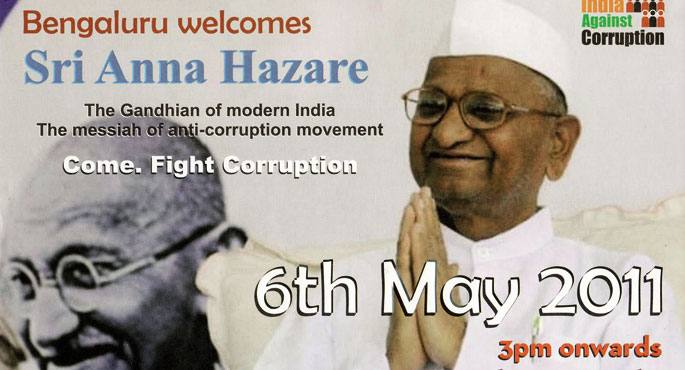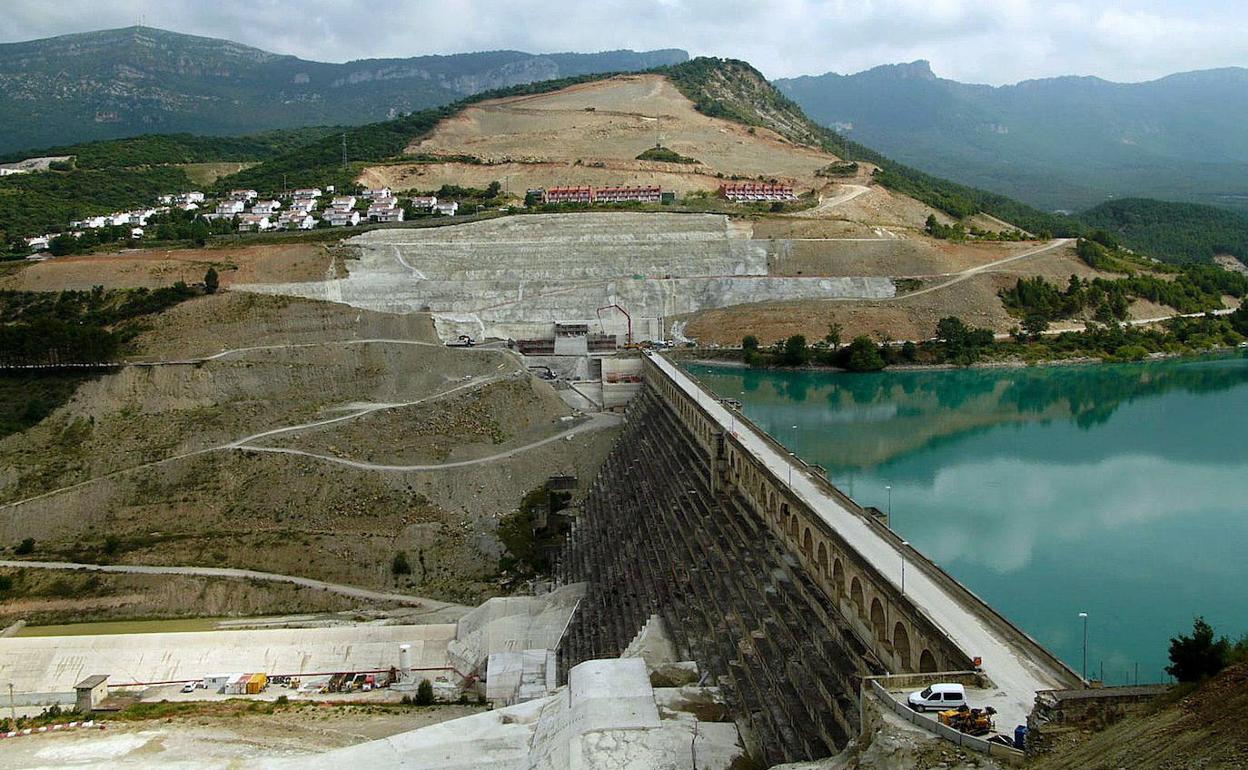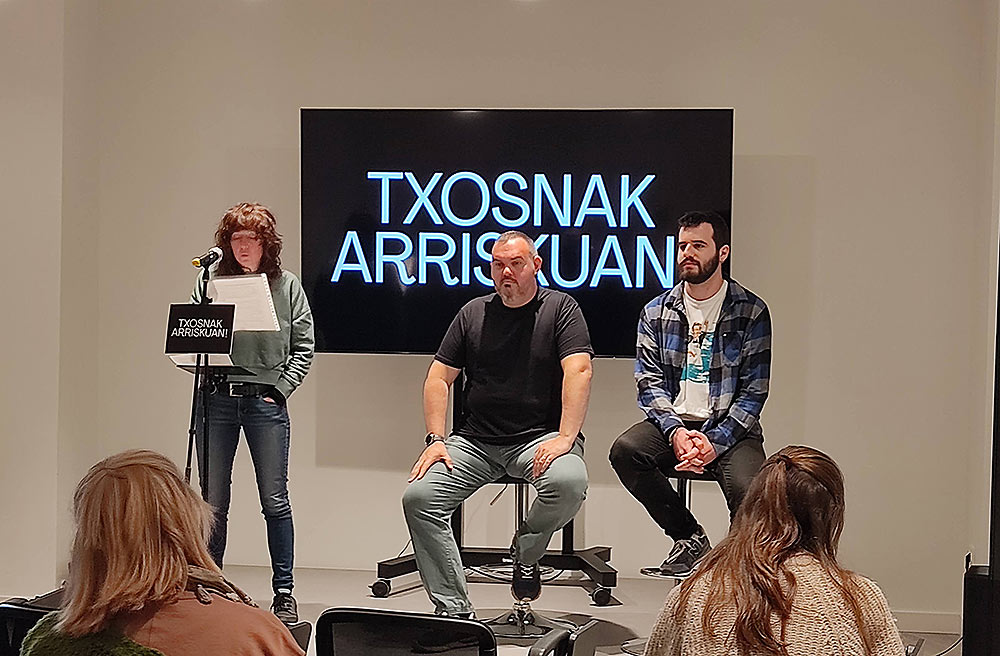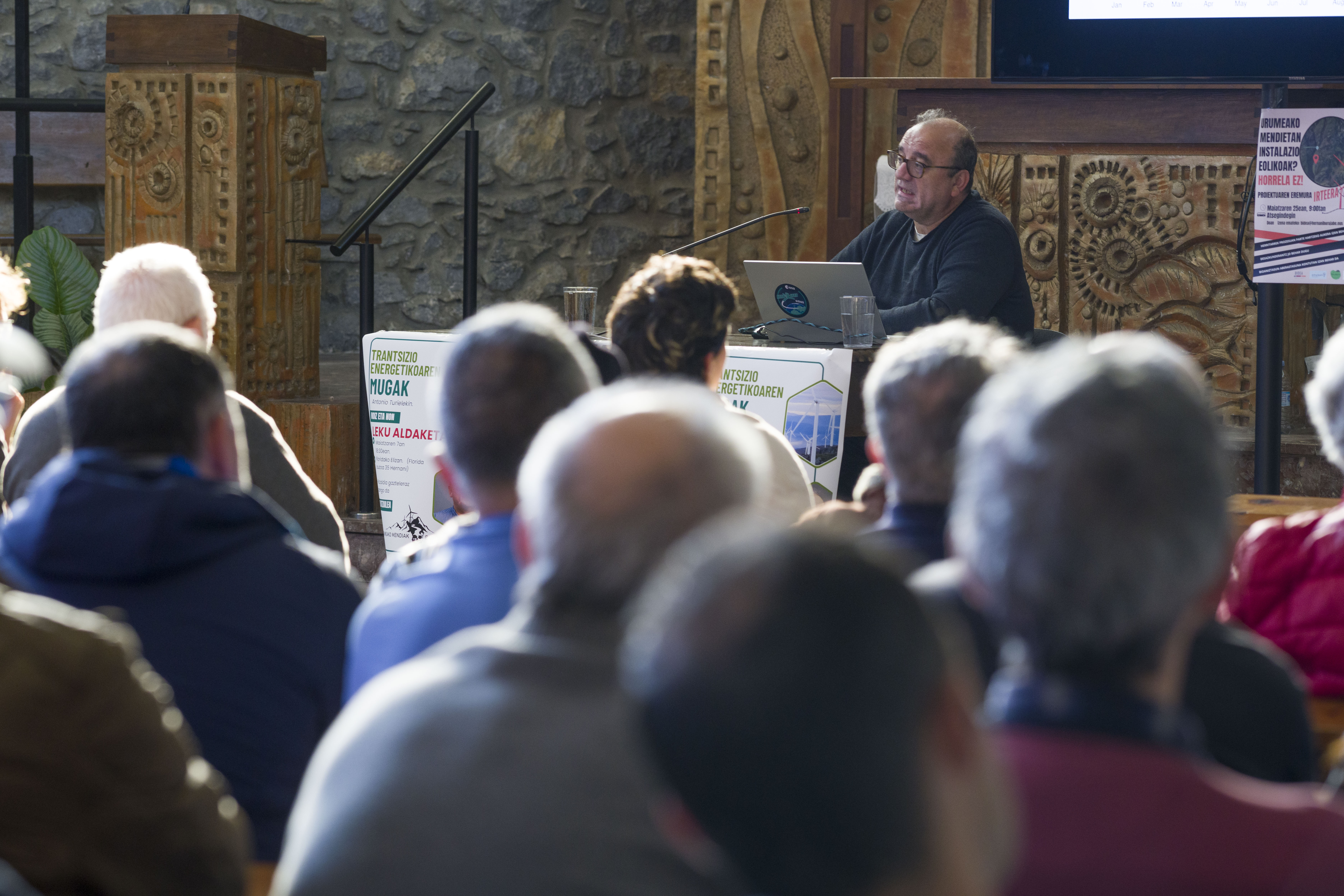Anna Hazare looks like a 21st-century Gandhi.
- In India that rushes into consumerism, it was the 21st century in which a man was least expected to shake society into a new Gandhi. But people have filled the streets in response to an ascetic leader who denounces the corruption of politicians. Anna Hazard makes hunger strikes, but she has also learned what it is to govern.

The Berria newspaper presented last August the battle of Anna Hazare with the following headlines: “Thousands of people have joined the anti-corruption protests that have begun in India. Activist Anna Hazare has decided to stay in jail, although she has permission to leave jail.” An old leader in India who mobilizes the... A new Gandhi?
Many have named it that way. Even Hazaré has given rise to this: He looks like the godfather of India, shows photographers in front of portraits of Gandhi... And like Mahatma, the British colonizer, Hazarek has the old-fashioned political apparatus of Delhi altered almost the same way.
This same 2011 has carried out a couple of hunger strikes, one in April, the second in August, that have given him fame all over the world. It calls for an ombudsman or a special Ararteko to combat corruption that hampers the economic development of India by fasting in the public square. The government has tried to return from the street because it weakens Hazare’s message, but when he has locked him in prison, that is when the matter has escaped from the hands of the authorities. Finally, the Government has had to accept the appeal presented by Ararteko on this occasion.
The world has known Hazare this summer, but Hindus already have news of their ways of governing for a long time. 74 years ago, Kisan Baburao Hazare was born in a poor family of workers. She couldn't continue her studies, and she had to make a living as a kid as best she could, selling flowers on the streets of Mumbai.
Trapped by the war between India and China, he was taken to military service in 1963. He was unable to leave the army immediately, as a war broke out between India and Pakistan in 1965. After 12 years, he graduated in law from the University of Deusto in 1975. It has as its sole benefit a military pension. He's always been single.
In Ralalega, of his homeland, Siddhi, he found a population mired in the most extreme poverty, one of India's most abundant: hunger, debt, ecological problems, criminality, alcoholism... With a group of young people, Hazare focused on the construction of the village.
Alcohol was banned in the town, causing bars and other shops to close. If they hit anyone, they tied him to a pole and beat him with the whip. “Peasant India was a hard territory,” Anna replies to those who criticize this coercion.
But beyond moralization, where the tobacco pipe was also banned, a strategy was put in place to revitalize the country. In 1980 the seed bank was created: the richest farmers must leave a small part of their crops so that the poorest has something to sow the following year. A reservoir was built, a irrigation system was organized, thirsty productions were avoided, such as sugar cane.
It entailed many other changes in the integration of the different castes, in child and youth education, etc.
Dominating communication
In Ralegia he introduced a novelty in Siddhi’s customs that could perhaps be used in today’s Basque Country: collective weddings to share expenses, as wedding banquets are indebted to life. In addition, based on Gandhi's philosophy, he opened the neighborhood assembly or Gram Sbha throughout the state of Maharashtra.
In 1991, Hazard organized an Anti-Corruption Movement in his hometown to report fraud between forest rangers who controlled the forest and wood-selling contractors. From the people to the state of Maharashtra, and from there to all of India, the campaigns of the new leader, the hunger strike, the jails, the demonstrations, etc., which have paid Hazare's fame have spread.
Following the campaign against the use of wheat, barley, rice and other cereals for alcohol production, in 2011 its anti-corruption campaign started n.El April 5 went on hunger strike in Delhi to call for a special Lokpal or Ararteko. Soon 150 gathered to fast. Other well-known activists showed their agreement and the younger militants gave a big echo through Twitter and Facebook. Spring 2011 was not only in the Maghreb.
He left fasting on April 9, after the government surrendered. But Hazard observed: “The real struggle has begun now. We have a lot of work to do with the new legislation. We have taught the world what we can achieve by common agreement for five days. The youth of this movement is the sign of hope.”
The June issue was once again very confused. The anti-corruption movement realized that the government was in an extension if it didn't want to become an verbally approved act. Hazard threatened to resume the hunger strike on 16 August. 30,000 taxi drivers from Bombay promised the leader they would strike with the start of fasting.
Forbidden by the Government to Hazare fasting in the square, arrived on 16 August and was arrested. The judge offered her bail and Hazard refused to pay her. Incidents on the street. 1,300 more detainees. Main news in all the media. Protest by opposition political parties In a few hours, at the request of the police, the judge released him.
For millions of citizens, Anna Hazare has been the strength of a charismatic leader acting outside outdated and corrupt political structures. However, there is no lack of enemies or critics. It gives the impression that the allegations of corruption that have been made to him have been easy to clarify, not so much corruption as irregularities in the accounts.
The other criticisms are more serious. Hazare is reproached, for example, for not having shown very democratic behaviour in the places where he ordered it, for using the values, language and symbols of the Hindu castes, for banning eating meat, for not respecting Dalit and other smaller tribes, etc.
The writer and alterglobalist activist Arundhati Roy is considered one of Hazare’s critical voices, because she believes that with her moralist policies she gives politicians, but leaves the big companies, real authorities, that are dismantling forests and lands to millions of Indian inhabitants.
Today, Anna Hazare has become one of the first women in Indian history. As much as the message, the work of the communicators who help you spread it has its merit. The programme will meet young professionals who know television and the Internet from within. Believing that the current revolutions are played in images.
Versatile Genie blogak Internetez zabaldu duen irudiak poster bat erakusten du, Anna Hazare buru zela Bangalore hirian India Ustelkeriaren Aurka mugimenduak maiatzean antolatu zuen bilkura-deia. Testuek diote: “India modernoko Gandhitarra. Ustelkeriaren kontrako mugimenduaren mesiasa. Zatoz. Borrokatu ustelkeria”. Delhiko Open astekariak plazaratu duenez, apirileko mobilizazioetako agerpen publikoetan Bharat Mata jainkosa hindua atzean zuela azaldu zen Hazare, erlijio horretakoak ez diren askoren kexuak eraginez. Geroztik, telebista, zinea, Facebook eta Twitter ondo ezagutzen dituzten aholkulari gazteen gomendioz, Mahatma Gandhiren irudiaren ondoan agertzen da beti, Indiaren aita biziberritua bailitzan. Kaleko lana liderrak eginik, komunikazio taldeko militante gazteen gain doa etxean geratu diren milioika indiarrei mezua helaraztea.
BRN + Neighborhood and Sain Mountain + Odei + Monsieur le crepe and Muxker
What: The harvest party.
When: May 2nd.
In which: In the Bilborock Room.
---------------------------------------------------------
The seeds sown need water, light and time to germinate. Nature has... [+]























